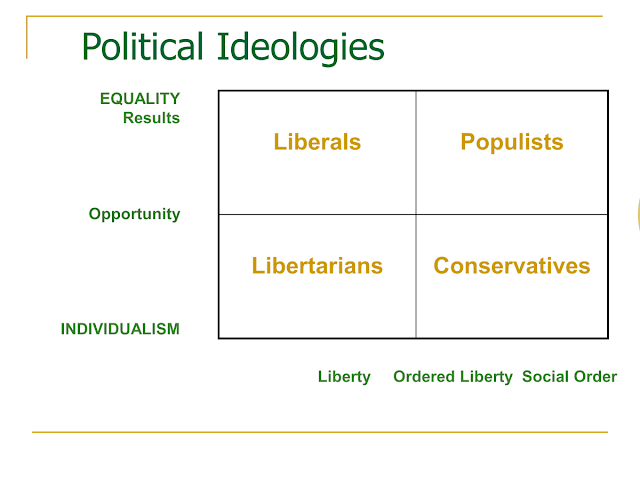Attitudes on Abortion: United States and Texas

How different are the attitudes of Texas registered voters from those of the residents of the United States? First, the percentage of Americans who are pro-choice and pro-life is similar to the percentage in Texas. Compare the following: Recently, James Henson and Joshua Blank, both of the Texas Politics Project , posted an article on the nuanced views of Texas’ registered voters in Texas and concluded: The presence of nuanced attitudes in both parties or on both “sides” of the abortion debate notwithstanding, the shift in the national legal landscape and the subsequent removal of nearly all access in Texas has put Republicans in a tougher position than Democrats. Looking just at the three choice circumstances, 54% of Republicans would allow some time for abortion access in at least one of the three, including 53% of self-identified conservatives. Voters who identify as “extremely conservative” make up the only group in which a majority (65%) endorses no ex...






